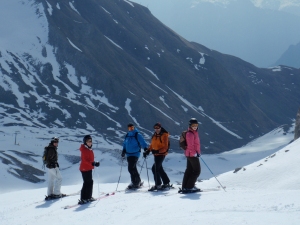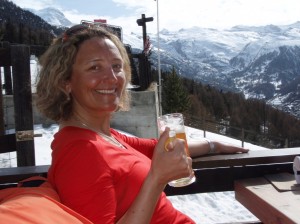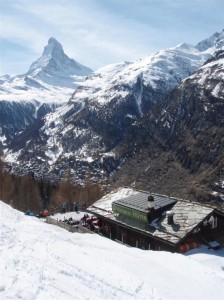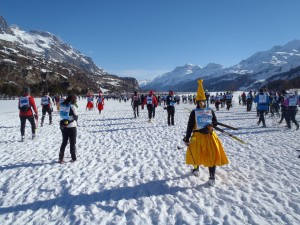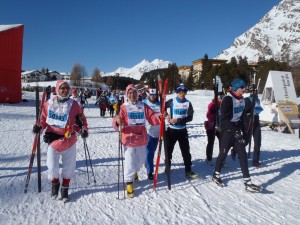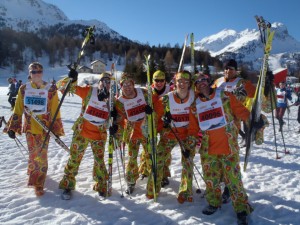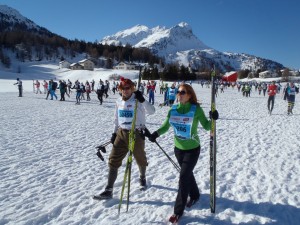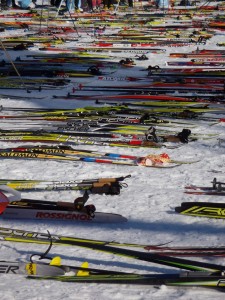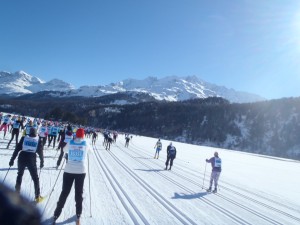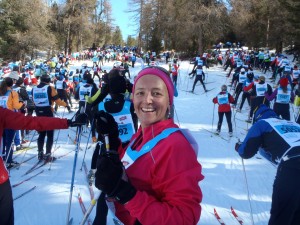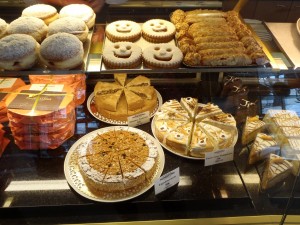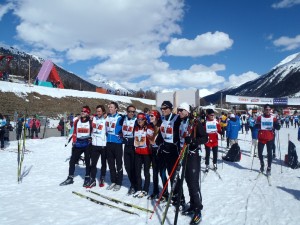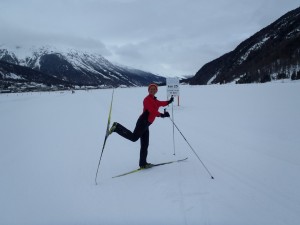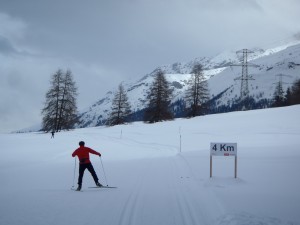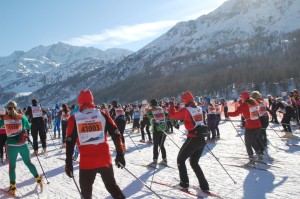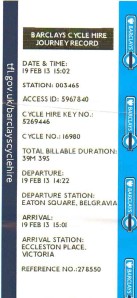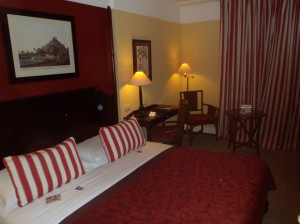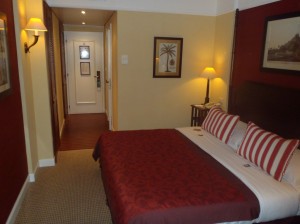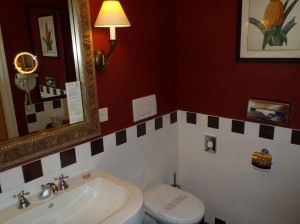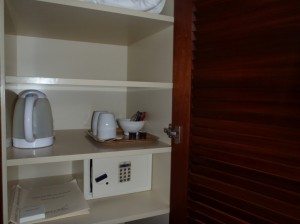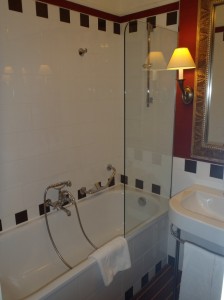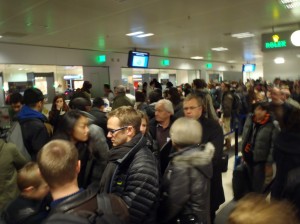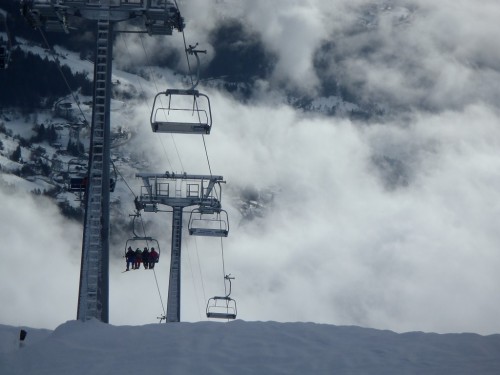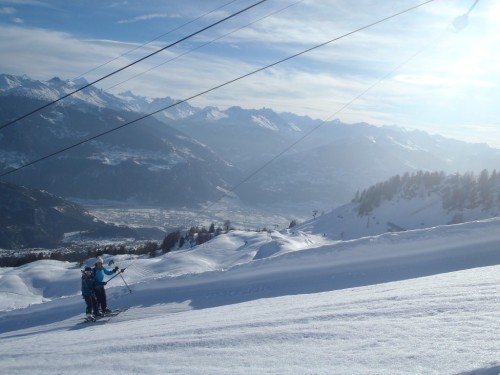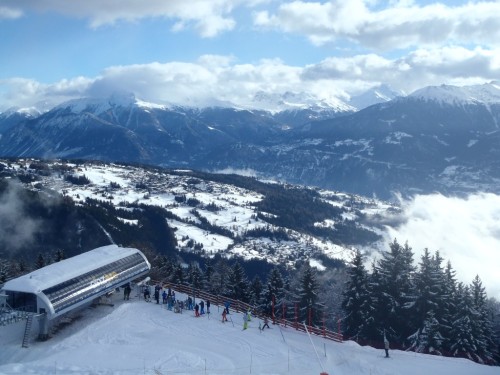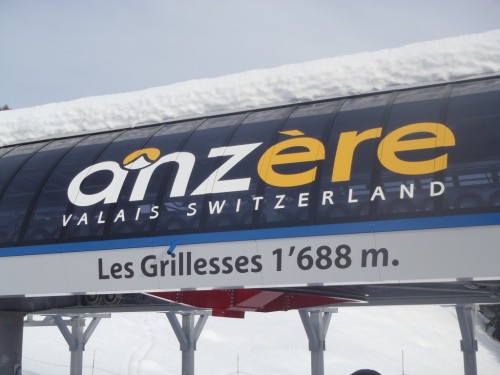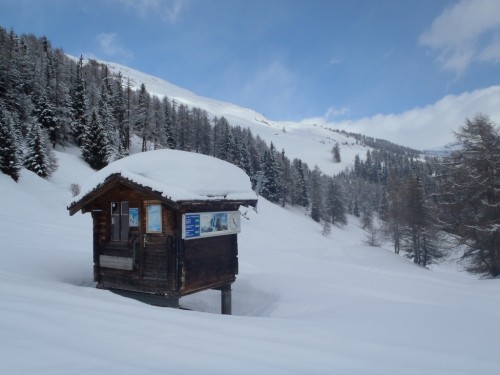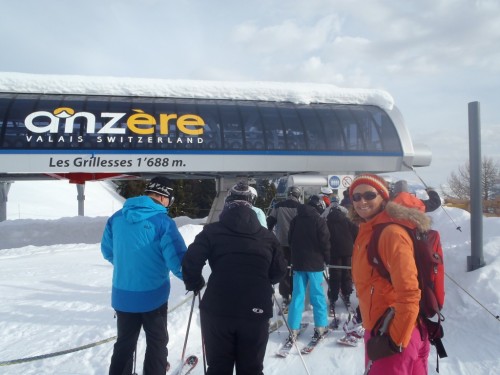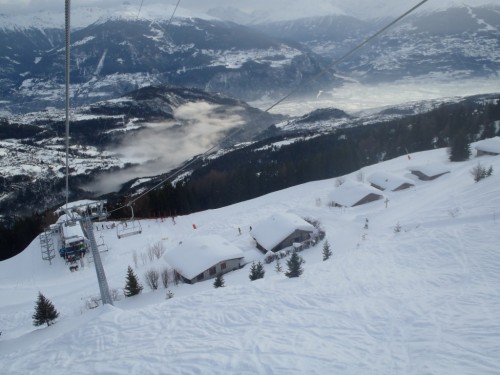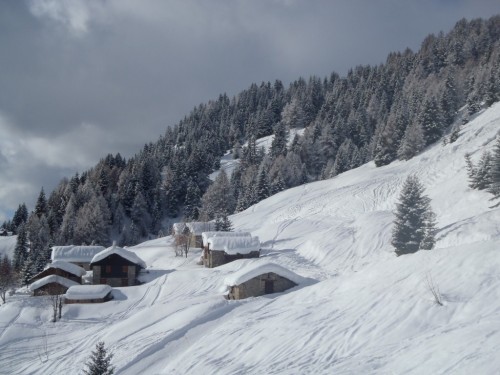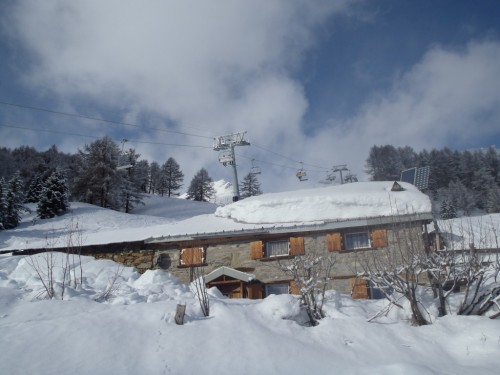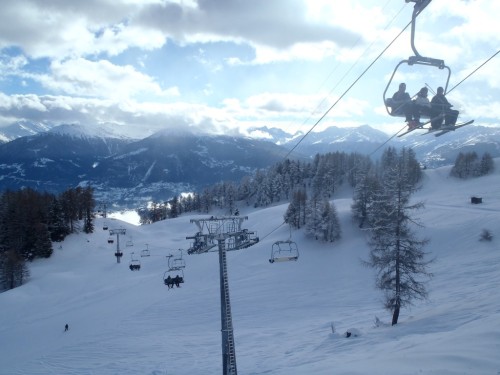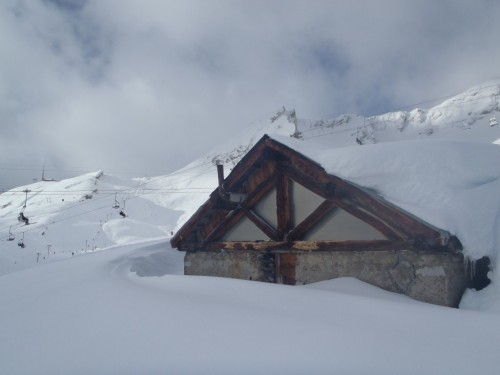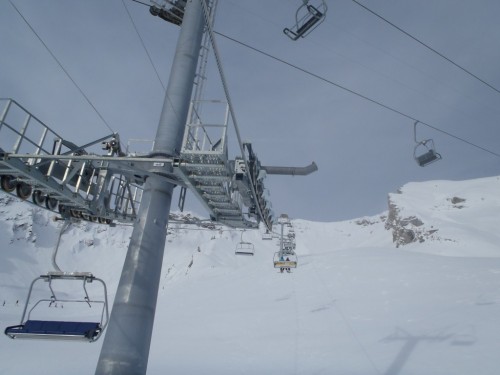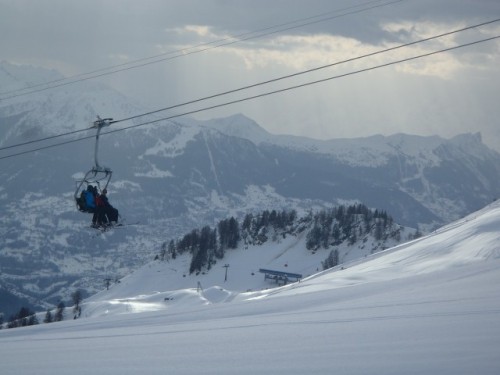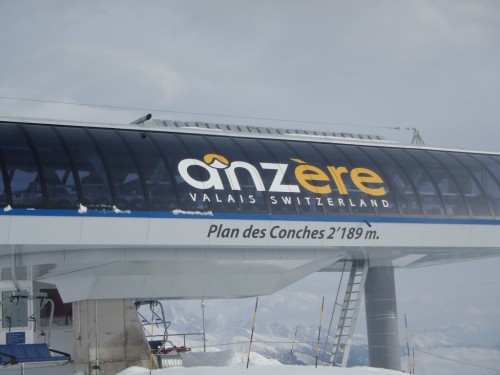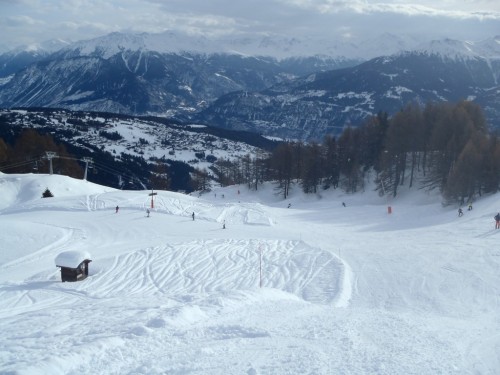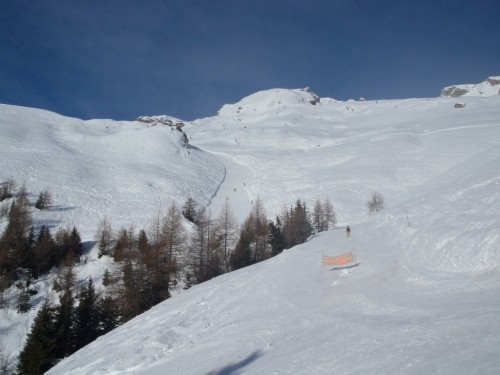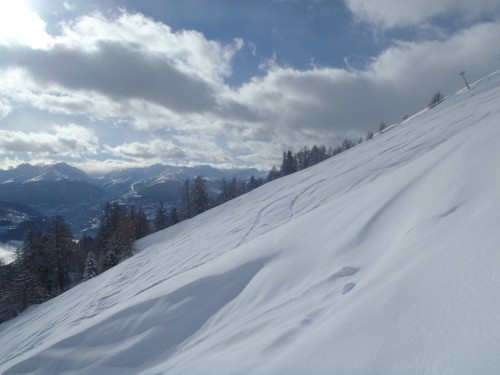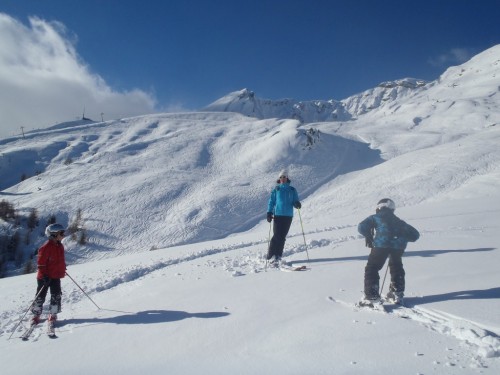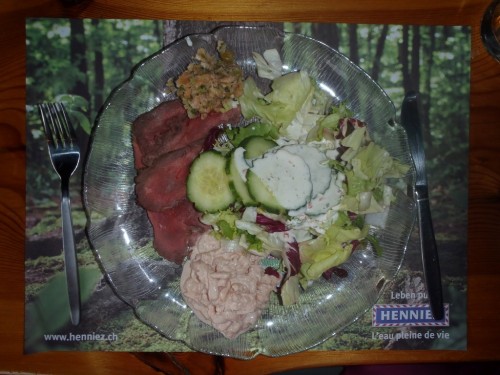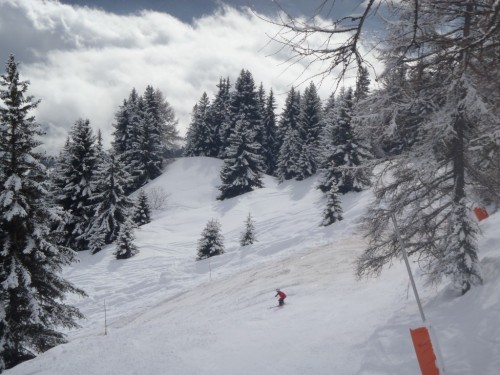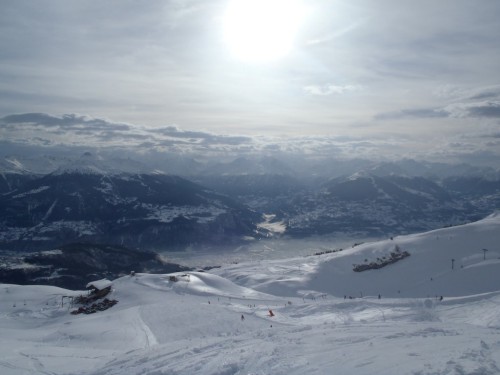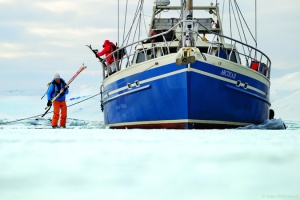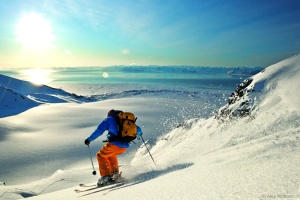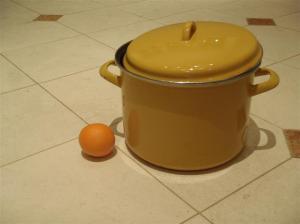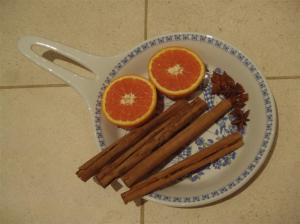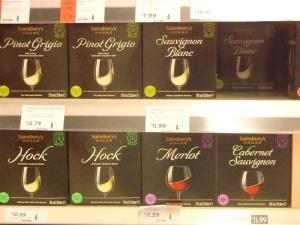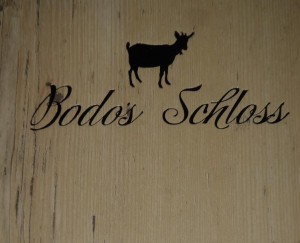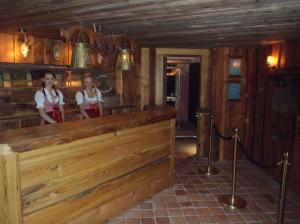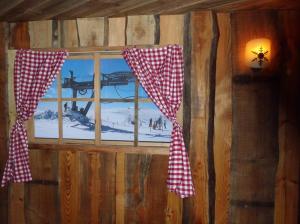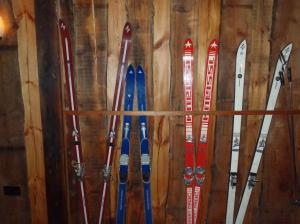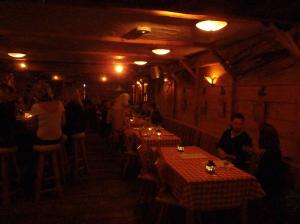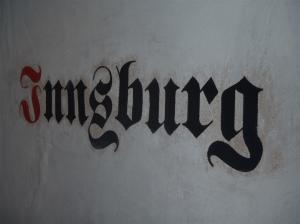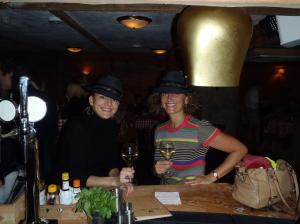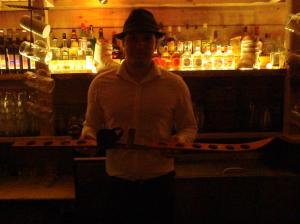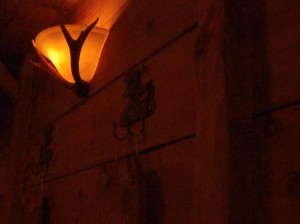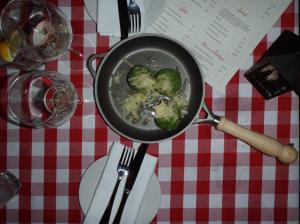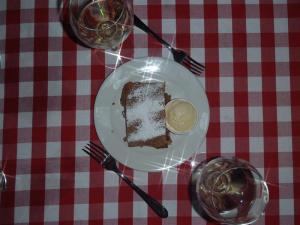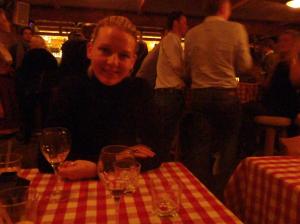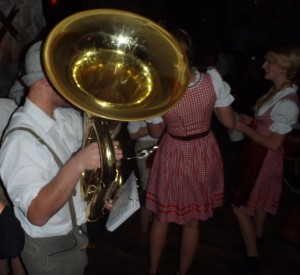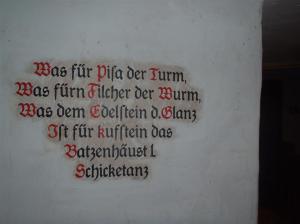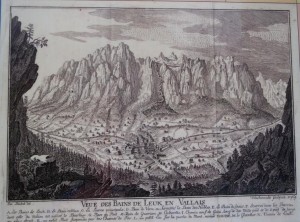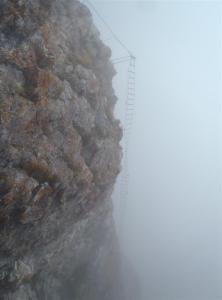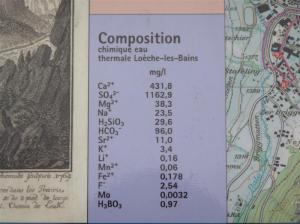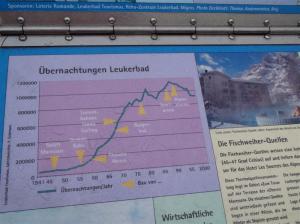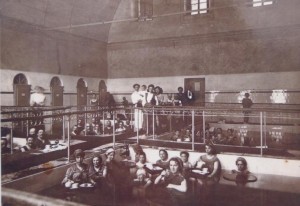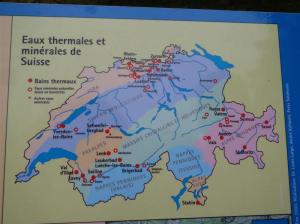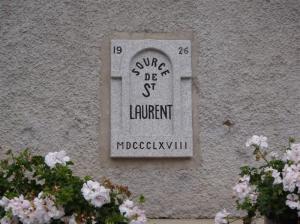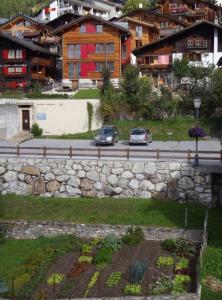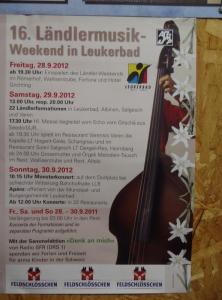To round off this snow-blessed winter in the Alps and escape the persistent winter chill of home, if you have a few days and a few pounds to spare I suggest you go skiing.
I have a final trip booked, to Val d’Isere – not a usual haunt of mine as I generally head for Austria, Italy or Switzerland, but it will be a nice change. Last time I stayed there, apart from one short press trip a couple of years ago, was when I was training to be an Inghams rep nearly 20 years ago.
Anyway, if I didn’t have that trip booked, here are the places I’d consider…
1. Engelberg in Switzerland. The top slopes are open till May 26, the town is lively, there’s accommodation for all budgets (including a youth hostel) and it’s only an hour from Zurich airport. There are also some brilliant local guides. Read more about that in my Telegraph article from last season about where to join off-piste groups.
2. Zermatt in Switzerland. It’s open till May 5, the town is vibrant, busy and full of ski mountaineering folk – and the shops, for once, are offering plenty of end-of-season bargains on gear (not forgetting the pyjamas, nighties and underwear, at Calida, towards the top of the main street). Again, there’s lodging for all budgets. But it’s far from the airport, so go for a week to make it worthwhile. Read more in the insider’s guide (and here is page 2) I compiled at the start of this season.
3. Obergurgl in Austria. It’s open till April 28, and with the village at about 1,900m and most of the skiing between there and 3,000m, there’s very quick access from hotel or b&b direct to the snow. What’s more, there’s fantastic touring, with a great choice of day tours. It’s less than 90 minutes from Innsbruck, and if winter flights have tailed off by the time you want to go, you can fly to Friedrichshafen, Salzburg or Zurich instead. Read my recent piece in the Telegraph, and my off-piste article from last year, to find out more.
4. Ischgl in Austria. The lifts aren’t due to close until May 1. I went late in the season a couple of years ago and despite it not being a good snow year, there was excellent cover thanks to super-efficient snowmaking earlier in the season. There’s good touring nearby in the Silvrettas – hire a guide and stay overnight in the Jamtal Hut (open till May 4), for instance. Keen apres-skiers will know its reputation for lively bars, which is merited – read more in past blogs of mine, such as this one, by entering ‘Ischgl’ in the search box on the right.
Other late-season favourites of mine are St Anton in Austria, which stays open till April 21; Alagna/Gressoney/Champoluc in Italy (only till April 14, sadly – but lift passes are free till then if you book three nights locally, and it’s amazing value for food and drink); or Cervinia in Italy, which shares Zermatt’s slopes but not its prices (open till May 5). An underrated place probably not on your radar is the Engadine, where Diavolezza/Lagalb stays open well until May 20, and Corvatsch until May 5. The area offers excellent ski touring too – and don’t be put off that it’s in the St Moritz area: there are hostels and modest b&bs as well as swanky hotels.
Of course, you could always plump for Colorado or Utah, where a snowstorm is meant to be heading right now, or for snowy Scotland, where conditions are excellent.
I’ll leave you with the details of four great cut-price deals that landed in my inbox this week from Inghams, which might be worth a look if you can make a dash for the Alps at the last minute. I’m sure the other tour operators have similar offerings at equally appealing prices.
St Christoph, Austria. £349 for a week’s chalet-board (that means half-board, including wine with dinner and CHOCOLATES afterwards) in a chalet hotel with a pool and doorstep skiing, including return flight from Gatwick to Innsbruck on April 13.
St Anton, Austria. £349, chalet-board, similar to above. There’s no pool but the place, Chalet Gampen, looks pretty good, with whirlpool, sauna and all that stuff. Departing from Gatwick on April 13.
Tignes, France. £369 at Chalet Hotel Le Dome, described as ski-in, ski-out. Similar deal as above, flying to Chambery on April 13 from Gatwick – easily the best airport for Tignes, being about 90 minutes away.
Val Thorens, France – the high-altitude end of the Three Valleys. £369 at Chalet Anais, departing from Gatwick on April 13, flying to Chambery.
Happy holiday-hunting, if you have time!
DO you enjoy this BLOG? Then SIGN UP to RECEIVE AN EMAIL each time I post a NEW ONE by clicking on ‘SIGN ME UP’ on the top right of THIS PAGE.

